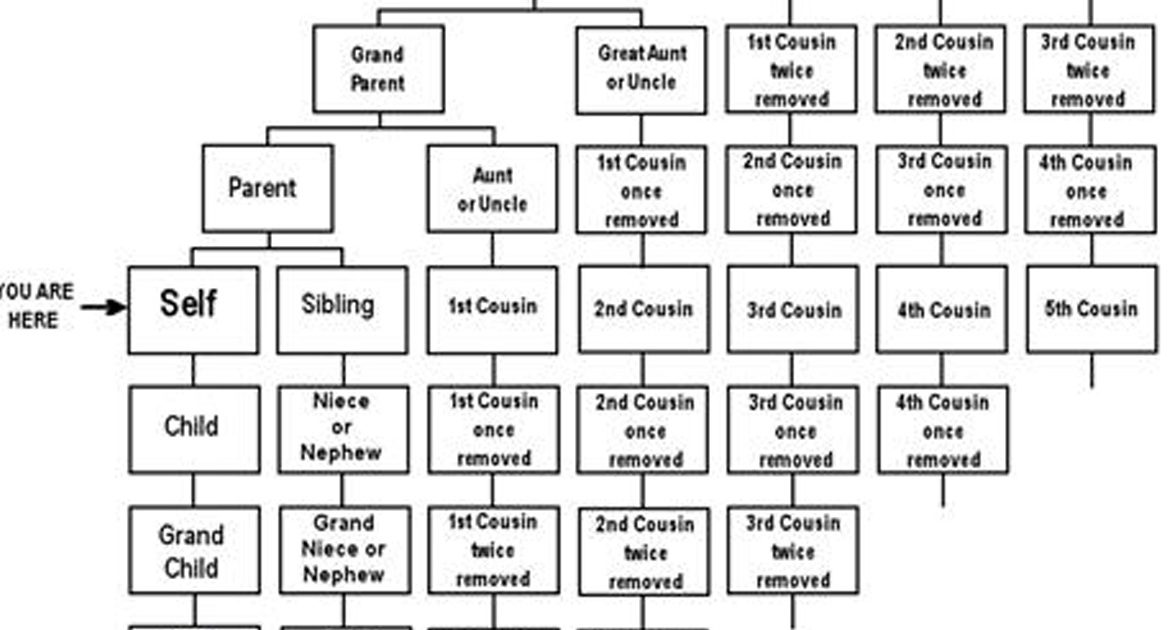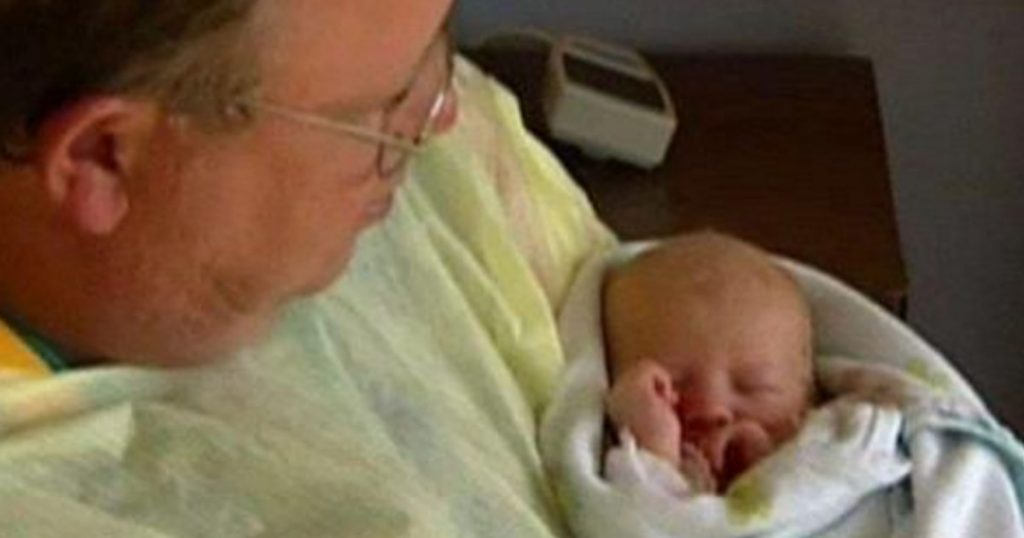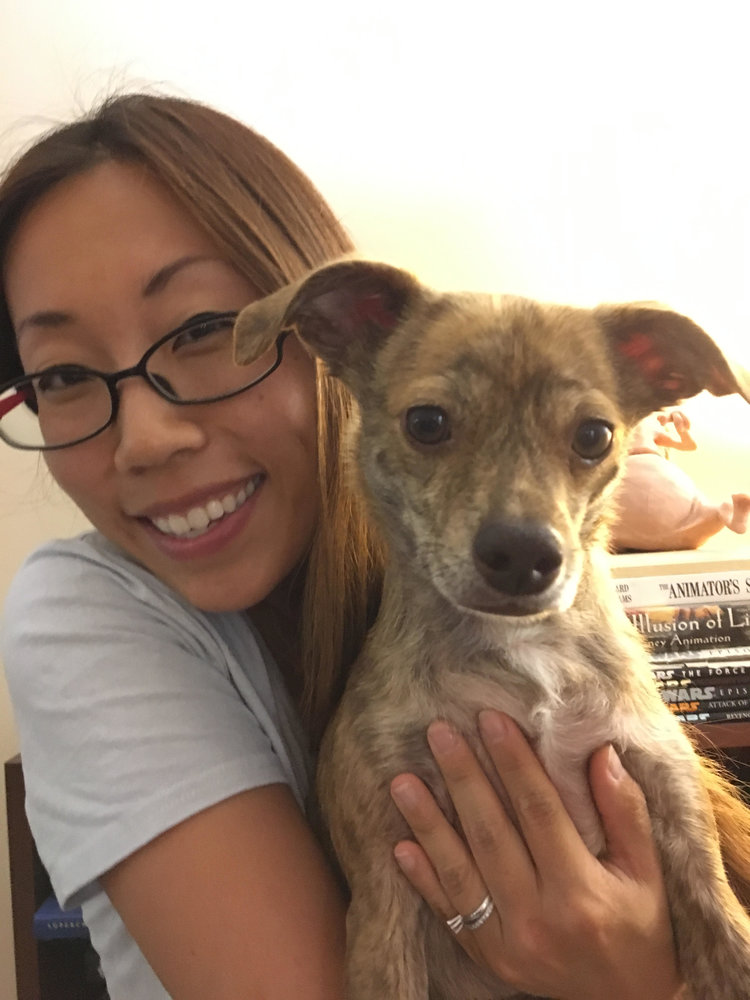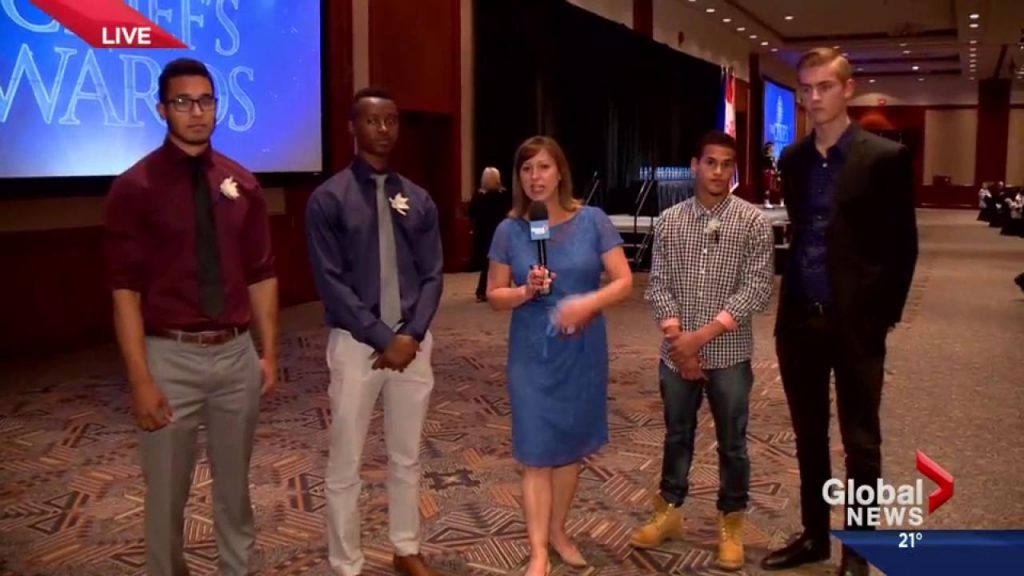Remembering the difference between a “second cousin” and a “cousin once removed” is one of those facts that I have filed away in my brain as non-essential. I think I know the difference, but then I get fuzzy on the details.
Luckily I now have a handy chart to bookmark in my web browser so that I never forget again.
You’ll find it useful, too, especially if you’ve been invited to a family reunion this summer.
This chart was designed by Alice J. Ramsey in 1987, but her advice still stands today. Here’s how to read the chart:
“The relationship in each box is what that person’s relationship would be to you, where you are “self,” according to the chart.
Once Removed—What Does It Mean?
This chart lets you see visually what “once removed” really means. It’s easy to see that you and all of your cousins—even those second and third cousins—are in the same generation. But when you get into different generations, that’s when it comes “once” or “twice” removed—what that really means is one generation removed, according to the chart.
“For example, your mother’s first cousin is your first cousin, once removed. This is because your mother’s first cousin is one generation younger than your grandparents and you are two generations younger than your grandparents, ” according to Genealogy. “This one-generation difference equals ‘once removed.’ Twice removed means that there is a two-generation difference. You are two generations younger than a first cousin of your grandmother, so you and your grandmother’s first cousin are first cousins, twice removed.”
Once you get your brain to stop spinning, just look at the chart. It will help you understand.
Remembering what my mom’s cousin’s children are in relation to me is always a tricky one for me. Using this chart, I can see that they are my second cousins. And their kids? My second cousins once removed. Their kids? Second cousins twice removed.
So there you have it. You’ll never be cousin-confused again—or if you are, just reference them all as cousins and call it day!
Speaking of family trees, these are some cute idea for family reunion decorations. This could be especially fun for kids who don’t get to see certain relatives all that often. Pictures help to keep faces fresh and familiar in kids’ minds! These four free family tree templates from Family Tree University can also be a fun way to visualize the entire family.
As you know, there are seemingly dozens of websites and services you can use to trace your family’s history—we’ve all heard of Ancestry.com and 23andMe. But why are we so fascinated with our family tree?
Scientists say we have an instinctual urge to learn more about our family members because we share the same genes.
Why Are We So Interested In Our Roots?
The deep-rooted interest in our ancestry is partly shaped by evolutionary forces, Strassmann said. Humans care about family members because they share some of our genes.
“People can pass on their genes either by having their own offspring, or by helping their kin to reproduce,”Beverly Strassmann, a University of Michigan anthropologist, told LiveScience.
In other words, understanding and connecting with our family members can increase the chance of survival for our bloodline.
Beyond that, our interest in genealogy may also be derived from royalty. People needed to understand their ancestry to justify their position in society or on the throne.
“The fascination goes back to antiquity,” Eviatar Zerubavel, a sociologist at Rutgers University, told LiveScience. “Royalty, for example, and nobility were very obsessed with creating genealogies that would link them to heroes.”







